White Flowers
Dropwort (Filipendula vulgaris)
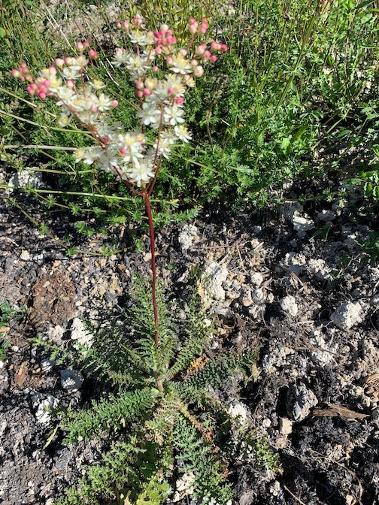
Beautiful sprays of creamy-white flowers tinged pink or red in bud are borne on slender stems in early and midsummer
Ox-eye daisy (Leucanthemum vulgare)
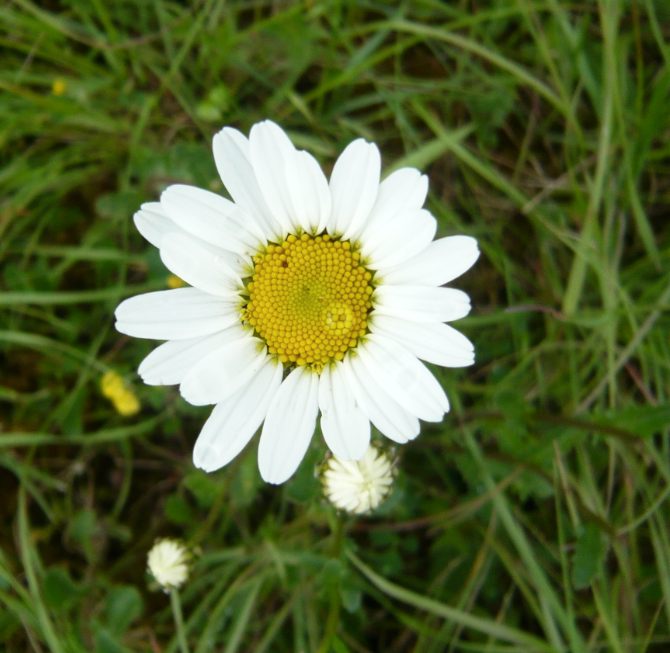
Single flower heads with white rays and yellow central discs are produced from May to September.
Hoary Plantain (Plantago media)
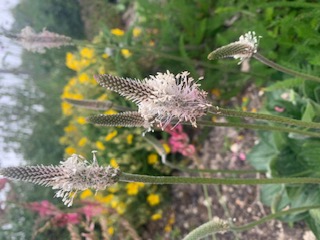
The broadly elliptical leaves of this species spread horizontally from the crown of the root and lie so close to the ground as to destroy all vegetation below. The spike of downy flowers is vanilla scented.
White Stonecrop (Sedum album)
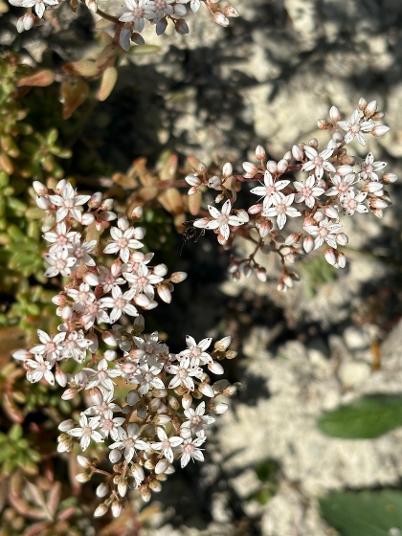
Small star shaped white flowers which provide pollen and nectar for bees and butterflies. Its seed heads offer food for birds and insects during the winter months.
Lady’s Bedstraw (Gallium verum)
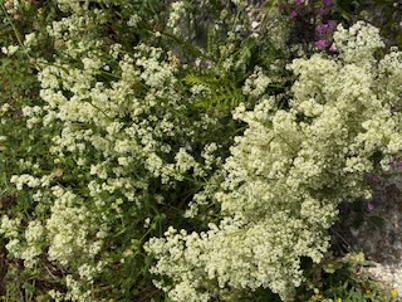
An important food source for the caterpillars of the Broad-bordered Bee Hawk Moth. It was used in Victorian times as a mattress filler as it had a pleasant smell and repelled fleas.
Wild Carrot (Caucus carota)
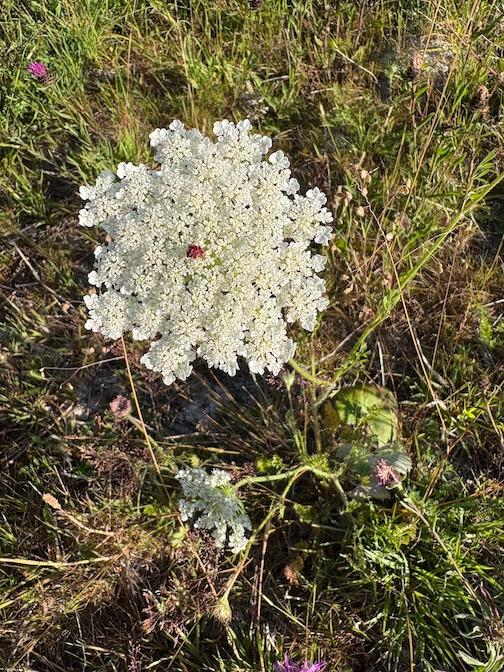
Also known as Queen Anne’s Lace. It is a valuable plant for pollinators and seed-eating birds. After flowering the flower head folds inward to develop a concave seedhead resembling a bird’s nest which lasts throughout the winter.
Field Bindweed (Convolvulus arvensis)
The nectar of the trumpet shaped flowers is popular with pollinators and its leaves are the food source for a number of moths including the White Plume Moth and the Convolvulus Hawk Moth. The Four-Spotted Moth larvae specifically target field bindweed preferring its buds and flowers.
Soapwort (Saponaria officinalis)
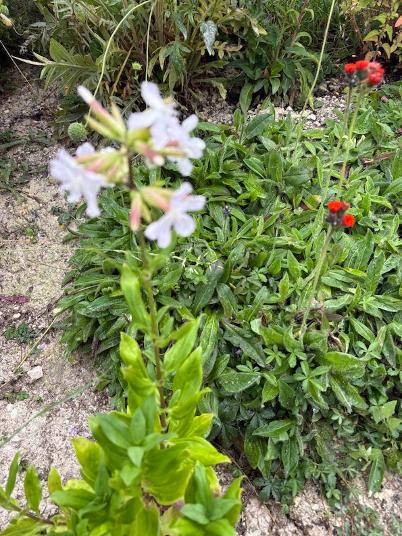
The flowers provide a valuable source of nectar and pollen and the plant’s fragrance attracts certain moth species at night. However, the saponins (the soap making compounds it produces) deter most insects from eating it and it is toxic to animals and humans.
Yarrow (Achillea millefolium)
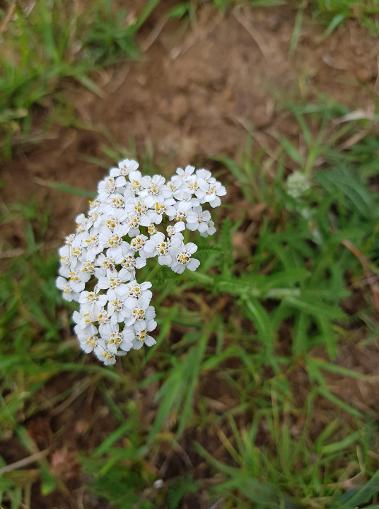
Pink or white flowers. It is valuable for pollinators as it continues to flower right through to November or even later.
Common Valerian (Valeriana officinalis)
A valuable plant as its fragrant nectar-rich flowers attract pollinators like bees and butterflies and its dense growth provides shelter for small wildlife and invertebrates.
Thyme-leaf Sandwort (Arenaria serpyllifolia)
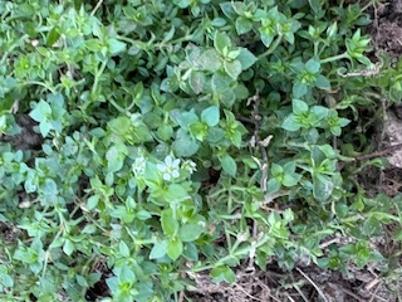
Produces small white flowers which are a source of nectar for bees and other pollinators from April to August.
Sneezewort (Achillea ptarmica)
Produces a profusion of small pearl-like flowers which are very popular with butterflies, bees and other pollinators. It blooms from June to August.